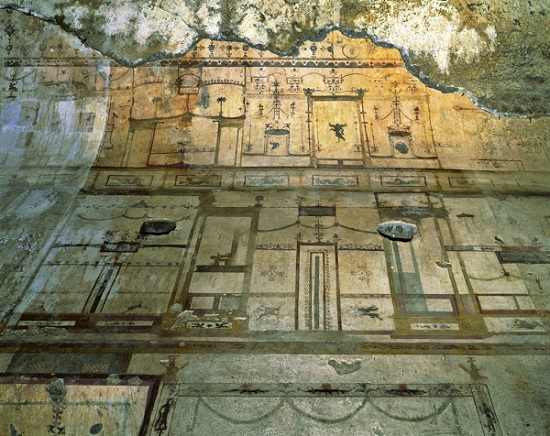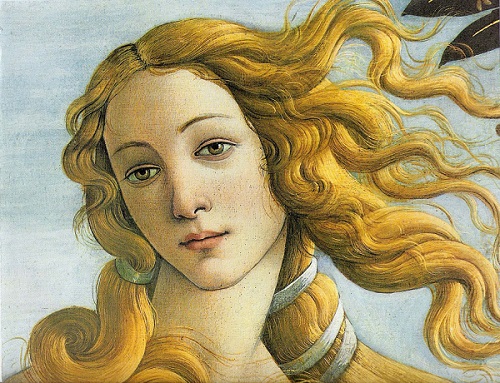
When Nero died in 68AD, his successors strived to eliminate the last traces of his extraordinary palace on the Esquiline, the famous Domus Aurea (Golden House). The rooms, glittering with gold and precious stones and decorated with frescoes, marble sculptures and multi-coloured stucco, were looted and then buried up to the ceilings to serve as foundations for the imposing baths of Titus and Trajan. The lake in the valley below was drained and on its bed the Colosseum was erected.
The sumptuous frescoes of the Domus Aurea would thus remain hidden until their rediscovery in 1480, apparently quite by accident.
Legend has it that a young Roman fell into a crevice that had opened up on the Oppian HIll, to find himself in a kind of passageway with walls covered in painted figures. The news quickly spread and the prominent artists of the time, lovers of the arts of antiquity such as Pinturicchio, Ghirlandaio, Raphael, Giovanni da Udine, Filippino Luppi and Giulio Romano, were let down on ropes to look around at what was at first thought to be caverns [grotte] and to copy the amazing decorations that covered every surface. For this reason, the decorations of the Domus Aurea and all those inspired by them over the following centuries [they were much in vogue in the 16th century] came to be known as grottesche [grotesques]. Unfortunately those of the Domus Aurea have almost completely disappeared. Their rediscovery caused serious damage to the paintings and stuccos which, on exposure to the air and humidity, very quickly lost their colour.
The remains of the Domus Aurea were soon forgotten and excavations were only relaunched at the end of the 18th century after the discovery of the Pompeii frescoes.
This pictorial style did not meet with unanimous approval, however, as it was often accused of being unseemly or ridiculous because of its brightly coloured fragile silhouettes painted in a calligraphic manner on a monochrome background devoid of perspective – rather monstrous hybrids with naturalistic effects in a geometric framework. In time, these criticisms would give to the word “grotesque” a sense of the unusual and bizarre, extending to the caricatural or extravagant.
The first known grotesque decoration of the Renaissance is in the Church of Santa Maria del Poppolo where there is a superb Pinturicchio painting, in the first chapel to the right of the main entrance. The painted decorations to each side of are the first representation of grotesques following the discovery of the Domus Aurea. (See image below)










